Filipino freelancers and young entrepreneurs are increasingly joining the formal economy through digital platforms, reshaping the country’s tax base. MANILA, Philippines (July 18, 2025) — The country’s digital workforce, from gig economy freelancers to online sellers and micro-business owners, is rapidly transforming how Filipinos earn and how they pay taxes. According to the newly released
Filipino freelancers and young entrepreneurs are increasingly joining the formal economy through digital platforms, reshaping the country’s tax base.
MANILA, Philippines (July 18, 2025) — The country’s digital workforce, from gig economy freelancers to online sellers and micro-business owners, is rapidly transforming how Filipinos earn and how they pay taxes.
According to the newly released “State of Online Taxation 2025” report from Taxumo, more individuals are embracing formal tax compliance as a natural step in growing their digital livelihoods.
This shift comes as the Philippine government intensifies its efforts to expand the tax base and meet growing fiscal needs. Taxumo’s report provides a snapshot of who’s paying, how much, and what it means for the future of taxation in a country where the informal economy still plays a major role.
Digital Earnings Are No Longer on the Fringe
Rough estimates suggest that around 1.5 million Filipinos are now active on global freelancing platforms. This number climbs significantly when local online gigs and informal e-commerce are factored in. The growth has been explosive. In 2019–2020, the country saw a 208% increase in freelance earnings, the fastest in Asia. By 2021, roughly one in five workers (around 8.7 million people) earned income from online platforms.
Today, the country’s digital economy is valued at ₱2.25 trillion, or about 8.5% of GDP as of 2024. E-commerce alone contributed ₱302 billion, highlighting the sector’s importance not just for individual earners but for national economic performance.
This momentum has been fueled by young, tech-savvy workers who adapted quickly to pandemic disruptions. From content creators and virtual assistants to online sellers and IT consultants, a generation has emerged that views digital work not as a stopgap, but as a sustainable, often primary source of income.
A Growth in Online Tax Filing Nationwide
Taxumo’s data points to a sharp and steady rise in digital compliance. Since 2020, annual income tax filings through its platform have grown an average of 49% per year. Many of these are first-time or previously informal earners.
This signals not just higher awareness but also a cultural shift. Digital platforms may have made compliance easier and more accessible for individuals who previously saw taxes as burdensome or irrelevant to their small operations.
These are not just Metro Manila-based professionals either. A wide range of users across provinces are using online platforms to stay compliant, particularly as more digital banking and invoicing tools become accessible.
Taxpayers Aren’t Just the Wealthy
One of the most revealing parts of the report is the income profile of online tax filers.
About 47.5% fall under the middle-income category. Surprisingly, 30% of filers are officially classified as poor, according to national income thresholds.
That individuals with modest incomes are still choosing to pay taxes suggests that access to the formal economy is becoming more widespread. Many want to be tax-compliant to qualify for bank loans, secure permits, or legitimize their businesses.
Millennials Drive the Numbers, Gen Z Gains Ground
Millennials continue to dominate the online tax space, making up 66.8% of filers. However, Gen Z is gaining traction, now comprising 22.1%, up from 17.9% the year prior. These younger users may not be earning as much—Gen Z only contributed 12.7% of total online income tax in 2025—but they are formalizing their income earlier than previous generations.
This pattern reflects both necessity and culture. Gen Z workers, many of whom started freelancing during the pandemic, are comfortable using digital tools and are more likely to view compliance as a default rather than an exception. It also suggests a long-term shift toward a more tax-aware workforce.
More Women Are Leading the Way
A closer look at the data shows that women, particularly Millennial women, comprise the largest demographic group among Taxumo’s users. Female Millennials account for about 40% of users, outnumbering their male counterparts significantly.
Gen Z females are also showing strong engagement, representing 13.6% of all users, compared to just 7.9% for Gen Z males. This trend mirrors wider patterns of women’s increasing participation in digital entrepreneurship, particularly in creative and service-based fields.
A New Chapter for Philippine Taxation
Taxumo’s report suggests that as more Filipinos become self-employed and digitally connected, they are also becoming more tax-aware. This highlights the need for the government and the private sector to work together to help these taxpayers.
Providing continued support, education, and incentives can help keep these digital worker into consistent contributors.
Read the full “State of Online Taxation 2025” report at: https://www.taxumo.com/state-of-online-taxation-2025/

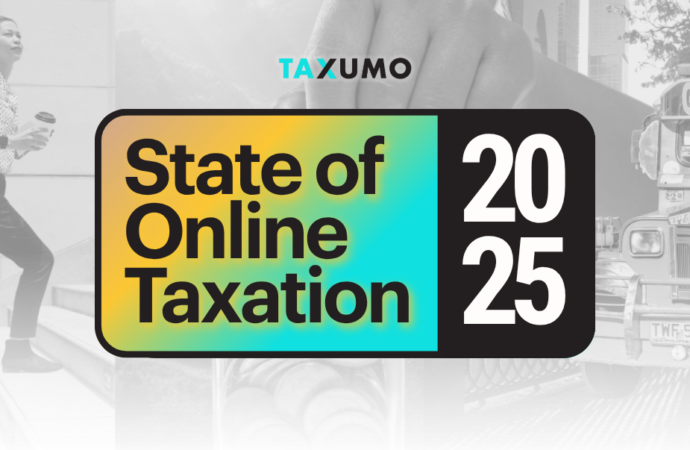

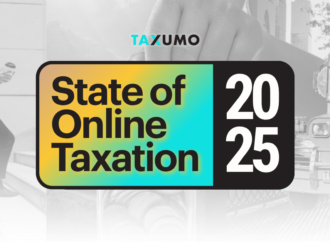

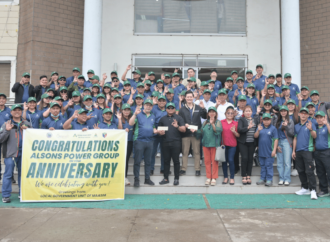





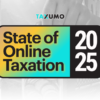
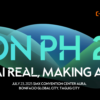
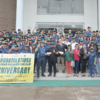





Leave a Comment
Your email address will not be published. Required fields are marked with *